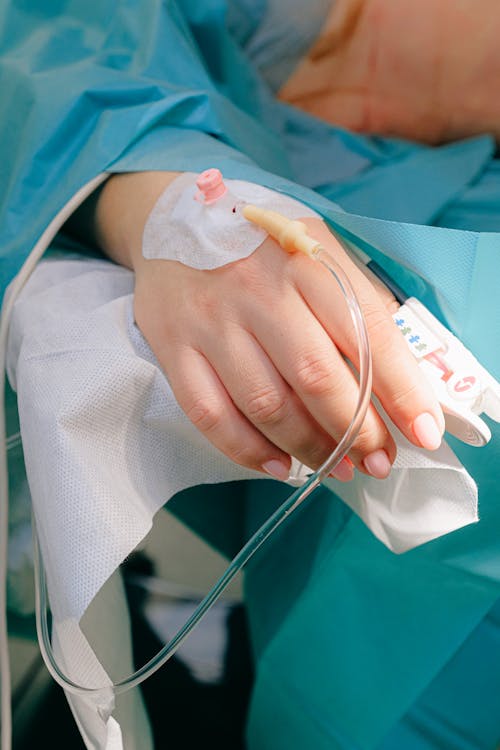Definition :
Pancreatitis is an inflammation of the parenchyma of pancreas, an organ that is important in digestion.
Pathophysiology:
Auto digestion of the pancreas by its own proteolytic enzymes particularly trypsin leads to vasodilation, increase permeability, necrosis , erosion & hemorhhage leads to acute pancreatitis
Alcohol abuse & other etiologoical causes leads to inflammation & destruction of secreting cells of pancrease causing maldigestion & malabsorption of protein & fat & these cells are then replaced by fibrous tissue causing obstructiuon of pancreatic & common bile duct leading to chronic panctreatitis.
Etiology & Risk factors :
Excessive alcohol consumption
Biliary tract diseases :
- Cholelithiasis
- Acute & Chronic Cholecystitis
Bacterial & Viral infection
Peptic ulcer
Ischemic Vascular Disease
Ischemic Vascular Disease
Obstruction :
- Cholidolithiasis
- Sphincter of Oddi stenosis
- Tumors
Trauma :
- Blunt Abdominal trauma
- Abdominal Operation
- ERCP procedure
Metaboloc :
- Acute hypercalcemia
- Hypertrigylceridemia
Vascular :
- Shock
- Vasculitis
Toxins :
- Alcohol
- Snake & scorpion venom
Drugs:
- Valproic acid,Azathioprine, Metronidazole, Tetracycline, ACE inhibitors
Types :
Acute Pancreatitis : Auto-digestion of pancreas by its own enzymes & development of fibrosis causing inflammation & edema to the pancreas. It may be self limiting or fatal.
Chronic Pancreatitis : Recurrent exacerbation leading to fibrosis after acute inflammation & persistent pancreatic tissue damage leading to decrease in pancreatic exocrine & endocrine function
Sign & symptoms :
- Epigastric pain
- Boring abdominal pain radiating to back or lest shoulder
- Gnawing continous abdominal pain after intake of meal
- Nausea & Vomiting (gastric origin but also bile stained)
- Ascities
- Weight loss
- Blood glucose level fluctuation
- Fatigue
- Jaundice
- Fever
- Mental confusion
- Tachycardia, cyanosis, cold, clammy skin & hypotension
- Steatorrhea
- Hypoglycemia, Hypocalcemia
- DIC
- DM
Medical & Nursing Management :
- NPO status
- IV Fluids for hydration
- Vitamin Supplementation
- Analgesics for pain management- IV/IM/Transdermal patch
- H2 Receptor blockers : Rantidine & Cimetidine
- Insulin therapy in case of DM or Hyperglycemia
- Antipyretics & Antiemetics
- Assess bilateral equality of lungs due to the presence of Ascites
- Place patient in Knee chest position to relieve pain
- Administer bland, low-fat, high protein, high calorie, small frequent meals after NG tube removal
- Suction the NG tube after episodes of vomiting
- Administer pancreatic enzymes
- Monitor blood glucose levels
Distinctive Facts :
- Ix: Elevated serum amylase, lipase, cholesterol, bilirubin, WBC, ERCP (Endoscopic Retrograde Cholangio Pancreatography )
- Positive Turner's sign ( Bluish gray discoloration of flank areas) & Cullen's Sign ( Bluish gray discoloration of periumbilical area of abdomen)
- Surgical Rx : Whipple procedure ( distal pancreatography), Autotransplantation of islets cells, Pancreaticojejunostomy, Drainage & Abrassion of pancreatic pseudocyst
- Complications include Pleural effusion, GI hemorrhage,Shock, Pancreatic fistula, Necrosis & Abscess of Pancreas
Prognosis :
In the chronic form, episodes of pancreatitis tends to become more severe over time and the overall 10-year and 20-year survival rates are estimated to be about 70% and 45%, respectively.
Acute Pancreatitis may be life threatening if not treated




No comments:
Post a Comment